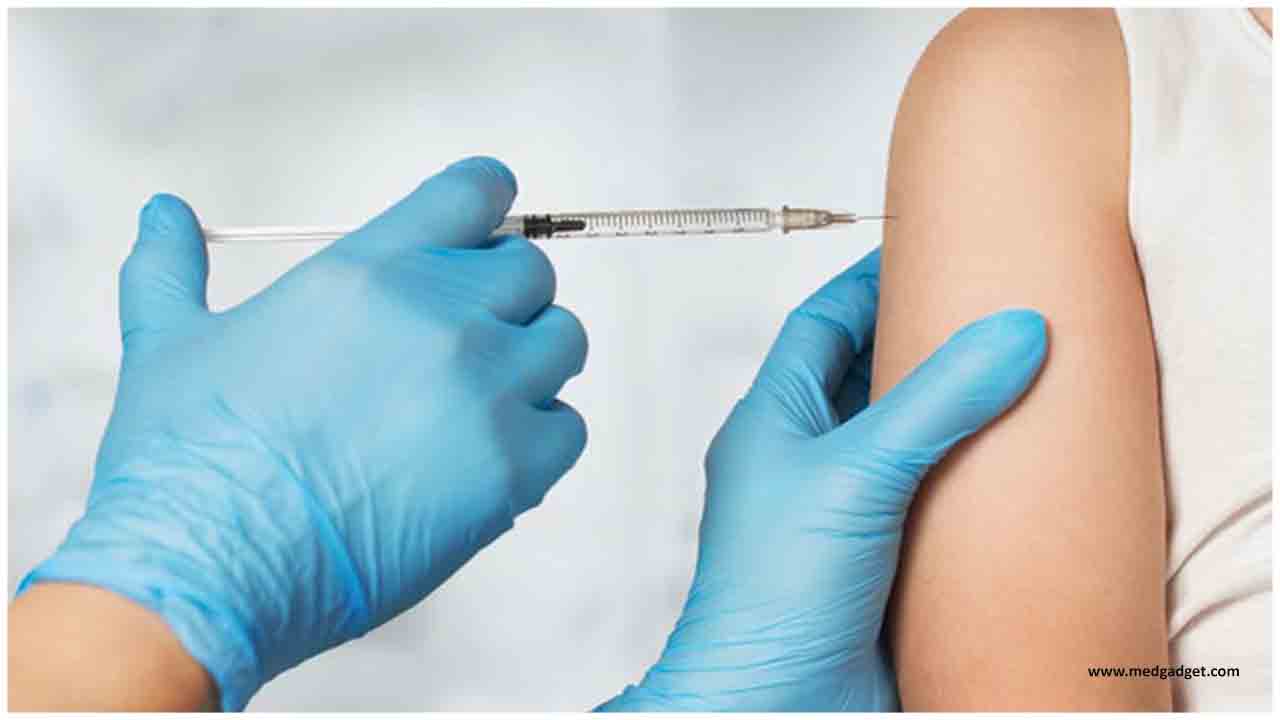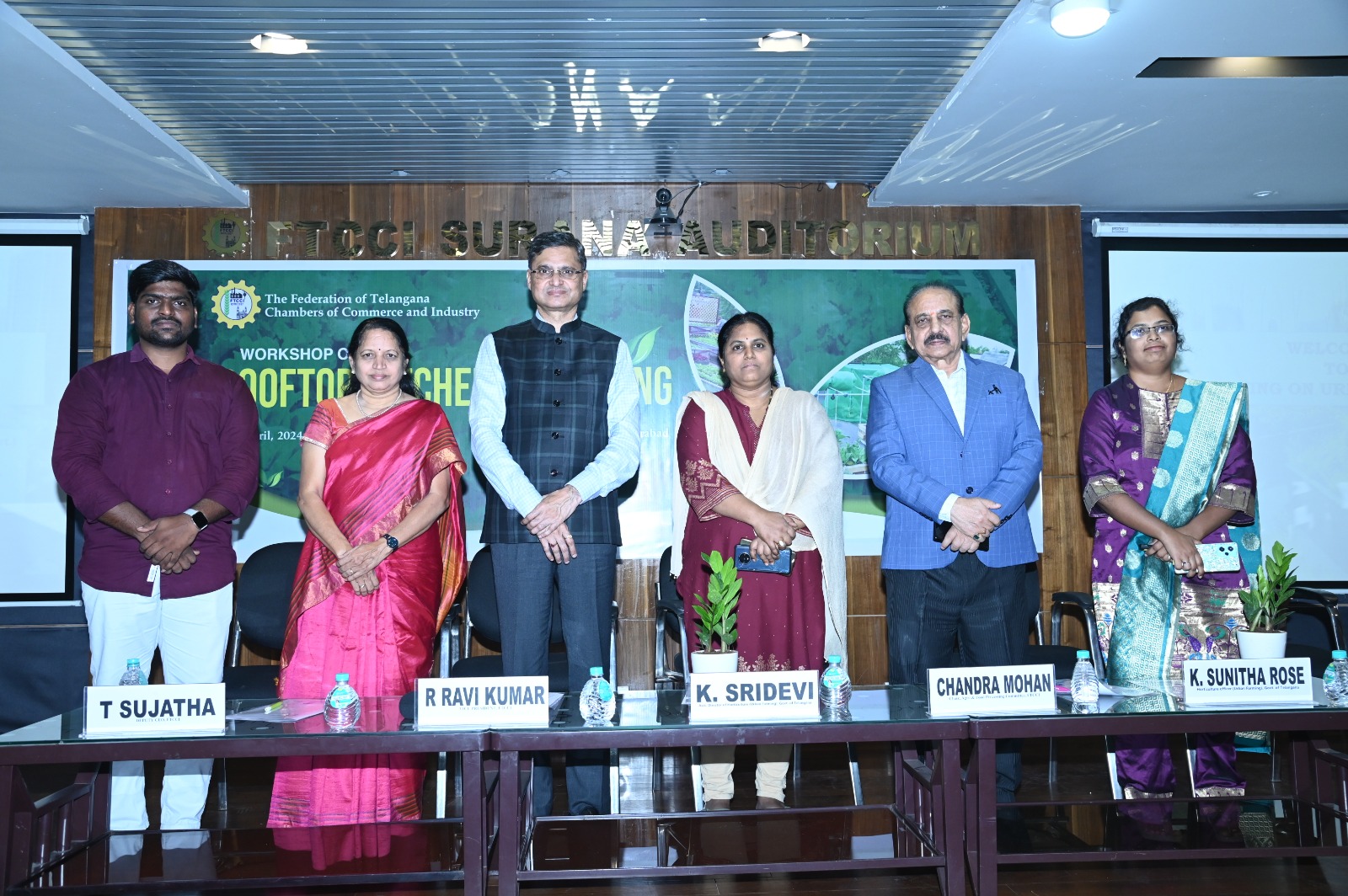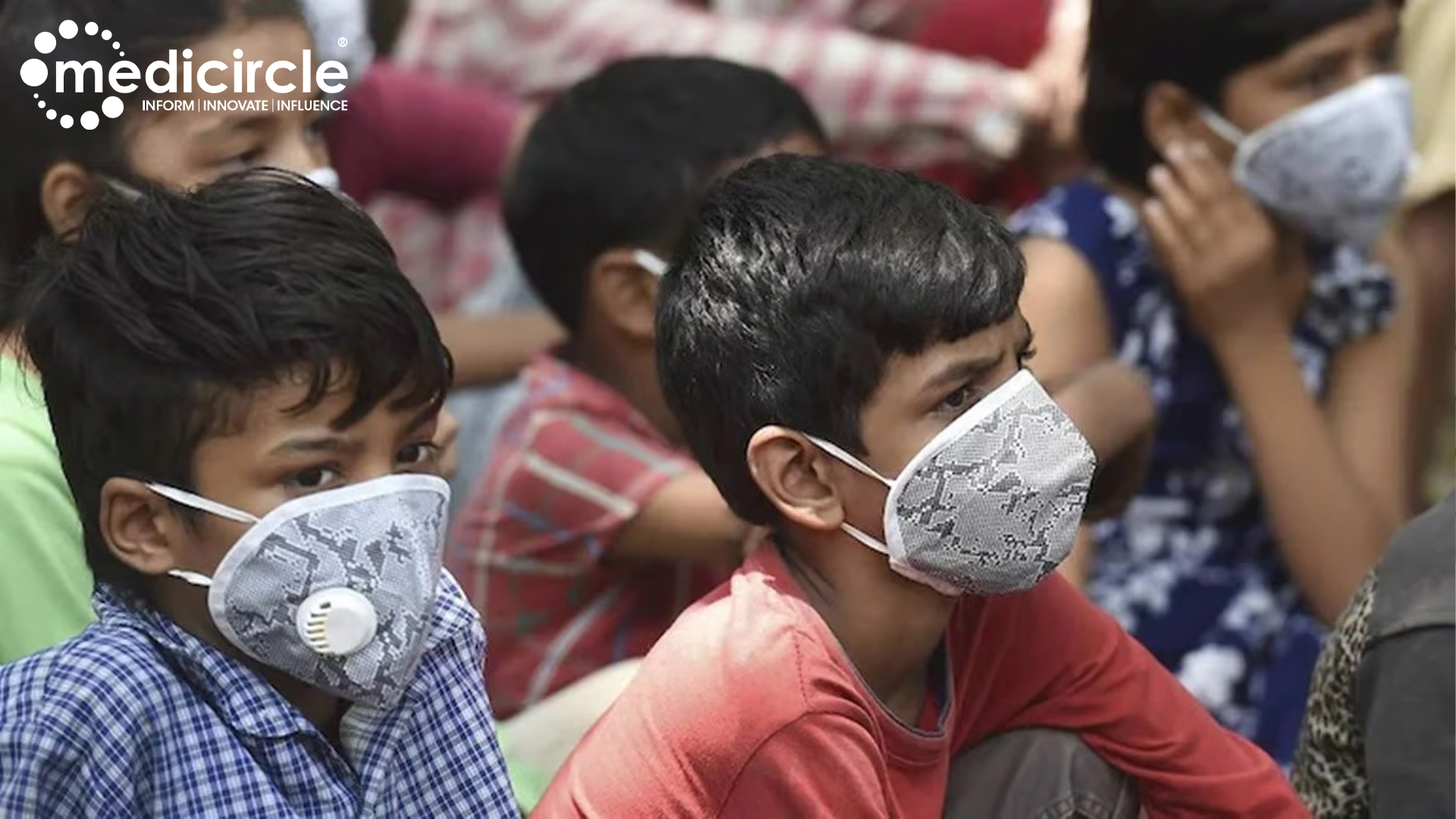Vaccination is the most effective method of preventing highly infectious diseases. The World Health Organization (WHO) informs that licensed vaccines are currently available to prevent or add to the prevention and control of total twenty-five preventable infections.
India observes National Vaccination Day every year on 16th March. The day is also known as National Immunization Day. The prime purpose behind the celebration of National Vaccination Day is to make all people aware of arming against polio and eradicating it completely from the world. Extensive immunity due to vaccination is mostly responsible for the worldwide eradication of smallpox and the restraint of diseases such as polio, measles, and tetanus from a large amount of the world.
The Government of India celebrates National Vaccination Day every year to convey the importance of vaccination to the people of the country. India has been observing the Pulse Polio Programme since 1995, the first dose of an oral vaccine against polio was given in India.
The Universal Immunization Programme (UIP) was rolled out in India in 1985. The Ministry of Health and Family Welfare was responsible for the programme, with significant support from the international community. It was extending the Expanded Programme for Immunization (EPI), which had attempted to provide recommended vaccines against tuberculosis, polio and other diseases for all Indian children.
The programme has achieved some advances in the coverage of immunization in India, but has faced important management challenges and has fallen short of the "for all children" coverage it had initially intended.
Few Highlights
- On 27 March 2014, India was certified as a polio-free country
Along with 11 other countries of the South-East Asia Region of the World Health Organization (WHO).
These countries were Bangladesh, Bhutan, Indonesia, Maldives, Myanmar, Democratic People’s Republic of Korea, Nepal, Sri Lanka, Timor-Leste, and Thailand. In India, the last case of polio patients was reported on 13 January 2011.
- Reporting the largest number of smallpox cases in the world
At the time of India’s independence in 1947, the country was reporting the largest number of smallpox cases in the world.
- Tuberculosis (TB) was also perceived as a major cause of morbidity and mortality
In May 1948, the Government of India issued a press note stating that TB was reaching "epidemic proportions" and decided to introduce BCG (Bacillus Calmette Guerin) vaccination on a limited scale and strict supervision to control the disease. Although the capability of the vaccine in preventing pulmonary TB was questionable, it was the only protective measure available at that point in time.
- A leading producer and exporter of vaccines
Despite becoming a leading producer and exporter of vaccines, India was home to one-third of the world’s unimmunized children, and before the 1990s fewer than half of the children in the country were vaccinated.
There were several causes of this vaccine deficit:
- Insufficient government investment
- A focus only on polio eradication at the expense of other immunizations
- Low demand for immunization caused by poor education of the population
- The presence of anti-vaccine minds amongst the people
- The lack of a quality supply chain and efficient logistics system also led to the waste of vaccines
Over 25% of the vaccines go to waste before reaching doctors and their patients, while others lose their efficacy by the time they are administered, according to reports. This posed a major challenge for the government and public health agencies that were working to expand the immunization coverage, especially in remote areas of the country where supply chain logistics and infrastructure were in poor shape.
The Government of India initiative
In 1978, the GoI launched the Expanded Programme for Immunization (EPI) in an attempt to cover recommended vaccines for all Indian children. The initiative was renamed as the Universal Immunization Programme (UIP) in 1985, at which time it extended six basic vaccines to all infants and the tetanus vaccine to pregnant women, and the immunization schedule was changed to include measles and to drop the typhoid vaccine that had previously been covered. In 2006, hepatitis B and Japanese encephalitis vaccines were also introduced in some parts of the country.
Overall, the following vaccines were provided under UIP:
- BCG (for TB)
- DPT (Diphtheria, Pertussis and Tetanus Toxoid)
- OPV (Oral Polio Vaccine)
- Measles
- Hepatitis B
- TT (Tetanus Toxoid)
- JE vaccination (in selected high disease burden districts)
- Hib, containing the Pentavalent vaccine (DPT+HepB+Hib) in selected states.
The evolution of the UIP and related initiatives included the following major events:
- “1978: Expanded Programme of Immunization (EPI)
- “1985: Universal Immunization Programme (UIP)
- For reduction of mortality and morbidity due to 6 VPD’s
- Indigenous vaccine production capacity enhanced
- Cold chain established
- Phased implementation – all districts [to be] covered by 1989-90
- Monitoring and evaluation system implemented
- “1986: Technology Mission on Immunisation
- “1992: Child Survival and Safe Motherhood (CSSM)
- “1997: Reproductive Child Health (RCH 1)
- “2005: National Rural Health Mission (NRHM).”
The impact on the public
One of the general challenges of the programme has been the availability of sound information. The public has never been made fully aware of availability and effectiveness of vaccine's nor of the immunization schedule in their community, or sometimes even of the immunization sites in their own villages.
The public has also feared the adverse impact of the vaccines on children, due to scepticism about the GOI's real intentions for the programme.
Some of the challenges of the UPI cited at the community level have included:
- Poor community participation
- Parents' lack of awareness of the immunization benefits, schedules and locations
- Inconvenient timings of vaccination for many people (during working hours)
- The perception that the programme was independent of other healthcare initiatives.
The Indian government has urged an expanded role for the private sector to help achieve universal immunization coverage and we as the responsible citizens of our nation can help the Government by educating our family and friends and prevent our kids from having a diseased life by giving them the necessary vaccinations.

 Over 25% of the vaccines go to waste before reaching doctors and their patients, while others lose their efficacy by the time they are administered, according to reports.
Over 25% of the vaccines go to waste before reaching doctors and their patients, while others lose their efficacy by the time they are administered, according to reports.

































